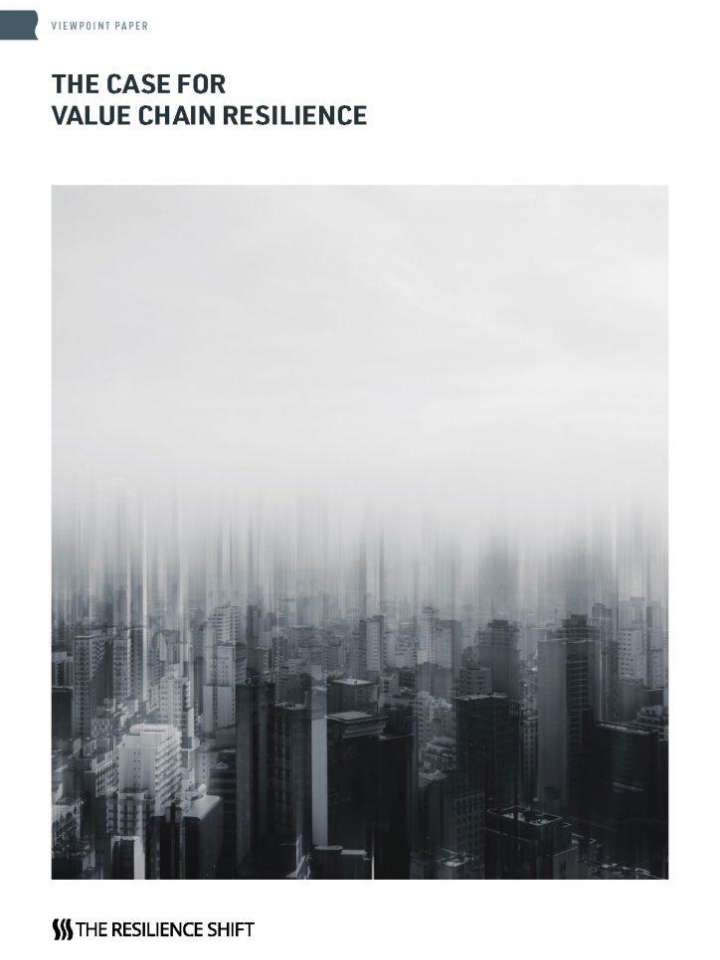The case for value chain resilience
Our world is increasingly interconnected and relies on complex networks to support modern economies and societies. The reliability and resilience of these networks and interdependencies are crucial for business operations but can be threatened by unpredictable disruptions such as extreme weather, climate change, economic crises, cyber threats, terrorism, or global pandemics such as COVID-19.
Risk-management can mitigate the risk from these threats but it is no longer enough as it relies on anticipating known and predictable threats. However, by injecting resilience concepts and methods into mainstream value chain analysis we can build a more robust method for determining the resilience of networks and systems. This paper argues the case for this new approach: value chain resilience.
Value chain analyses that help businesses build competitive advantage must include considerations of unpredictable shocks and stressors that can create costly business disruptions. Enriching value chain analysis with considerations of system resilience, meaning the ability to recover and adapt after adverse events, can reduce the imposed costs of such disruptions.
The paper provides a perspective on resilience as both an expansion and a complement of risk analysis. It examines applications of both concepts within current value chain literature and within supply chain literature that may inform potential directions or pitfalls for future value chain investigations. Established frameworks from the broader field of resilience research are proposed for value chain resilience analysis and practice. FINDINGS The synthesis reveals a need to expand value chain resilience analysis to incorporate phases of system disruption. Current explorations in the literature lack an explicit acknowledgment and understanding of system-level effects related to interconnectedness. The quantification methods proposed for value chain resilience analysis address these gaps.
Using broader resilience conceptualizations, this paper introduces the resilience matrix and three-tiered resilience assessment that can be applied within value chain analyses to better safeguard long-term business feasibility despite a context of increasing threats.
To support the discussion on resilience in business value chains, this paper will:
• review the evolution of value chains as systems grow more interconnected and complex;
• connect the concept of resilience, introduced above, with value chain frameworks in theory and practice;
• review the literature on supply and value chain risk and resilience to understand current trends and gaps for value chain resilience; and
• synthesize existing methods of resilience operationalization and quantification for applications to value chain analysis.
Explore further
